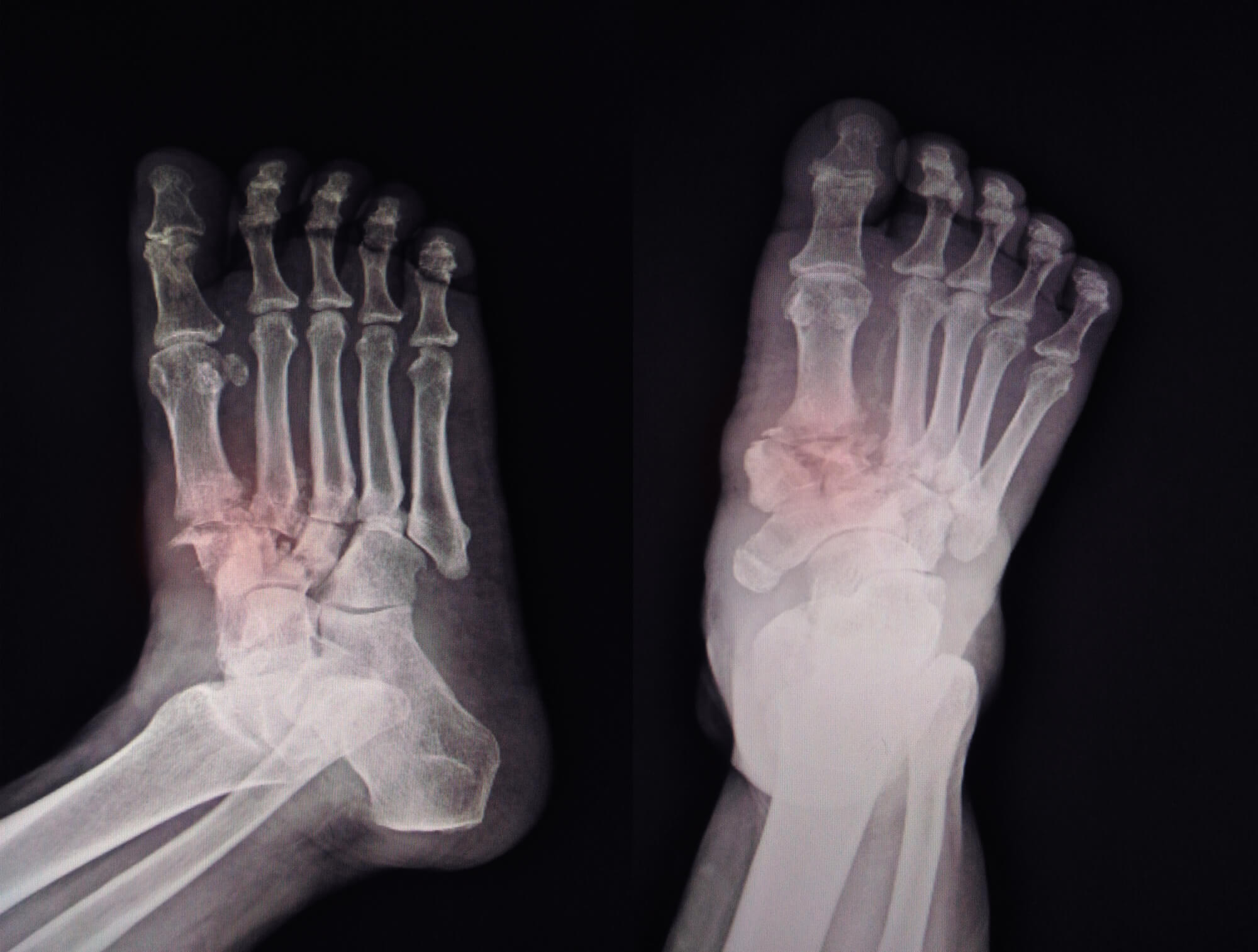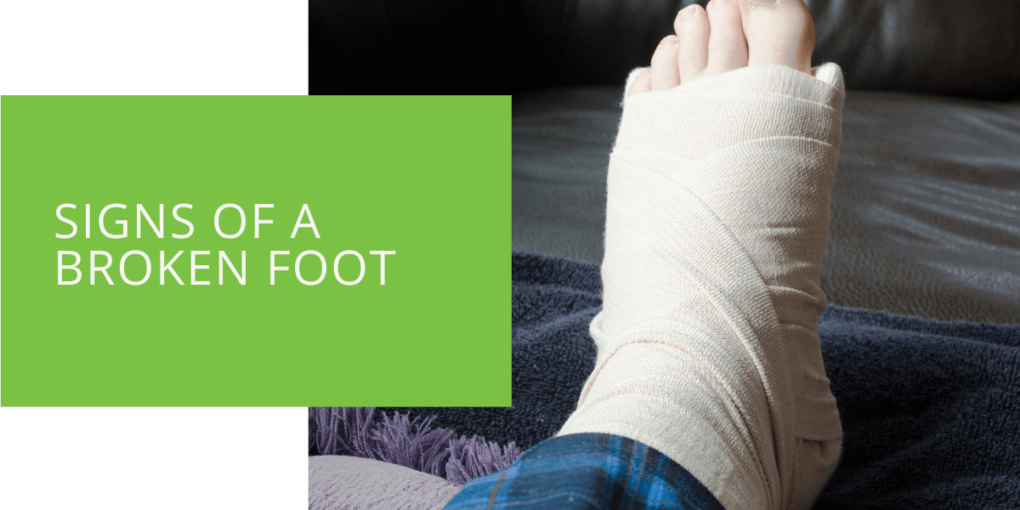Signs of a Broken Foot: What You Need to Know
A broken foot can be a painful and debilitating injury affecting mobility and quality of life. Recognizing the signs of a broken foot is essential to seeking proper medical treatment and allowing your foot to heal properly. This article will discuss everything you need to know about the signs, causes, diagnosis, and treatment of foot fractures.
Symptoms of a Broken Foot
A broken foot can cause various symptoms depending on the fracture's severity and location. Some common signs that you may have a broken foot include the following:
Pain
Pain is one of the most common symptoms of a broken foot. The pain may be dull, achy, or sharp and may worsen with activity or when you try to bear weight on the affected foot. The pain may also improve with rest or when you elevate your foot above the level of your heart.
Swelling
Swelling is another common symptom of a broken foot. The affected area may appear red or bruised and feel warm to the touch. The swelling may make it difficult to put on shoes or walk comfortably.
Bruising
Bruising may occur around the affected area due to bleeding under the skin. The bruising may be dark and discolored and may spread over time.
Difficulty Bearing Weight
If you have a broken foot, you may have difficulty putting weight on the affected foot. This can make it challenging to walk or stand, and you may need to use crutches or a cane to move around.
Deformity
A broken foot may cause a change in the shape of the foot or ankle. The affected area may appear crooked or misaligned, and you may notice a visible deformity.
Limited Range of Motion
A broken foot may cause stiffness or limited range of motion in the affected foot or ankle. This can make it difficult to move your foot or flex your toes.
Numbness or Tingling
A broken foot may cause numbness or tingling in the affected foot or toes. This can be a sign of nerve damage and may require prompt medical attention.

Common Causes of Foot Fractures
Foot fractures can occur due to a variety of reasons, including:
- Trauma from a fall, car accident, or crush injury
- Overuse injuries from repetitive stress on the foot and ankle, such as those experienced during sports or exercise
- Medical conditions that weaken bones, such as osteoporosis
- Improperly treated sprains or other injuries that put undue stress on the bones in the foot
Types of Foot Fractures
There are several different types of foot fractures, including:
- Stress fractures: These are tiny cracks in the bone that occur due to repetitive stress on the foot and ankle.
- Hairline fractures: These are small cracks in the bone that often occur due to a sudden impact or twist.
- Avulsion fractures: These occur when a small piece of bone is pulled away from the main bone due to a strong tendon or ligament.
- Jones fractures: These are fractures in the base of the fifth metatarsal bone, which is located on the outside of the foot.
- Lisfranc injuries: These are fractures or dislocations in the midfoot, where the metatarsal bones meet the tarsal bones.
- Navicular fractures: These are fractures in the navicular bone, which is located on the top of the midfoot.
Diagnosis of a Broken Foot
If you suspect a broken foot, seeking immediate medical attention is important. Your podiatrist or foot and ankle specialist will perform a physical exam and order imaging tests, such as X-rays, CT scans, or MRI scans, to determine the location and severity of the fracture. They may also perform a bone scan or ultrasound to detect inflammation or nerve damage in the affected area.

Treatment of a Broken Foot
The treatment for a broken foot varies depending on the severity and location of the fracture. In general, treatment options may include:
- Rest, ice, compression, and elevation (RICE)
- Immobilization with a cast, brace, or walking boot
- Surgery to realign or stabilize the bones
- Rehabilitation exercises to regain strength and range of motion in the affected foot
Complications of a Broken Foot
Complications of a broken foot can include delayed healing, nonunion, malunion, osteoarthritis, chronic pain, and mobility issues. It's important to seek proper medical treatment and follow your doctor's aftercare instructions to minimize the risk of complications.
Prevention of Foot Fractures
There are several steps you can take to prevent foot fractures, including:
- Wearing proper footwear that fits properly and provides adequate support
- Avoiding overuse injuries by gradually increasing the intensity and duration of exercise
- Maintaining a healthy weight to reduce stress on the bones and joints in your feet
- Strengthening your bones and muscles through weight-bearing exercises
- Warming up and stretching before exercise to prevent injury
Conclusion
A broken foot can be a painful and debilitating injury that significantly affecting your daily activities. Recognizing the signs of a broken foot and seeking immediate medical attention can help you receive proper treatment and a speedy recovery. If you suspect a broken foot, contact a podiatrist or foot and ankle specialist immediately.
Remember that the severity of foot fractures can vary greatly, and not all fractures are immediately apparent. Even minor injuries can sometimes lead to severe pain and mobility issues if left untreated. Always take proper precautions to prevent foot injuries and seek medical attention if you suspect a foot fracture. With the proper care and treatment, most people can expect a full recovery and return to normal activities.

